Managing servers efficiently is crucial for any IT infrastructure, whether you’re dealing with a small business or a large enterprise. Servers are the backbone of any organization, supporting critical applications, websites, databases, and communications. The need for efficient server management has grown more complex with the rise of cloud computing, hybrid environments, and distributed systems. The right server management tools can streamline operations, prevent outages, and ensure optimal performance.
In this blog, we will explore what is Server management tools?, why server management tools are important? and best Server management tools. Without a further due, lets check out.
What Are Server Management Tools?

Server management tools are specialized software designed to help IT administrators keep track of server performance, ensure smooth operation, and maintain security. These tools provide essential features like:
- Real-time performance monitoring
- Automated alerts
- Server configuration and deployment management
- Resource optimization and scaling
- Security and compliance checks
By using these tools, IT professionals can manage servers more effectively, quickly respond to issues, and minimize costly downtime.
Why Are Server Management Tools Important?
Effective server management is crucial for keeping things running smoothly. It helps prevent disruptions, improves uptime, and ensures resources are used efficiently. With the help of server management tools, IT teams can spot potential problems early and fix them before they become major outages. These tools continuously monitor key metrics like CPU usage and network traffic, ensuring servers operate at peak performance, reducing the risk of unexpected failures.
Security is another critical aspect. Many server management tools provide real-time alerts for vulnerabilities or suspicious activities, allowing administrators to act fast. Plus, they automate routine tasks like updates and patches, reducing the chances of human error and freeing up IT teams for more strategic work. Whether you’re running a small business or managing a large enterprise, server management tools streamline operations, boost performance, and save money.
Best Server Management Tools
In this post, we’ll explore some of the best server management tools available today, covering solutions for network monitoring, application monitoring, and configuration management.
1) Nagios XI
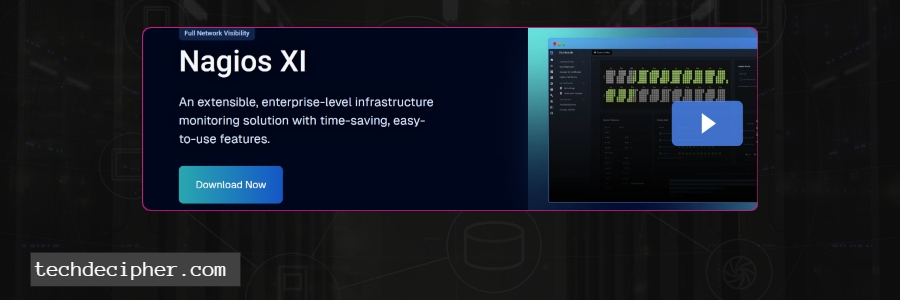
Nagios XI is one of the most popular open-source tools for network and server monitoring. Its customizable dashboard allows administrators to monitor network devices, servers, applications, and services in real-time.
Key Features:
- Customizable Alerts: Receive notifications via email, SMS, or phone when server issues arise.
- Advanced Reporting: Generate detailed reports on performance, uptime, and system availability.
- Extensive Plugin Library: Integrates with third-party applications and devices for expanded monitoring.
- User-Friendly Interface: Unlike Nagios Core, Nagios XI offers a more polished and intuitive interface.
Link: Download Nagios XI
Pricing: Paid, with a free trial available.
2) Zabbix
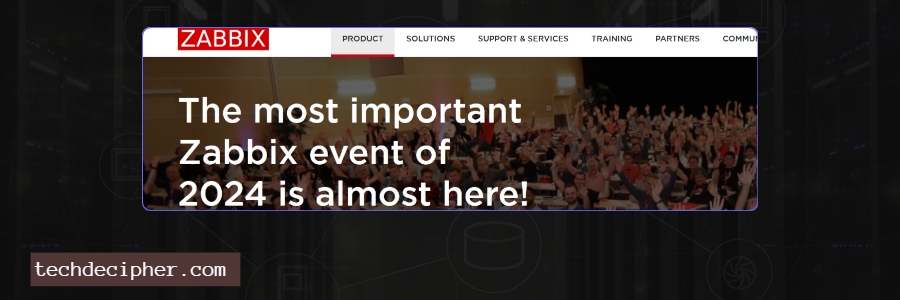
Zabbix is another powerful open-source monitoring tool, offering robust features for both network and server monitoring. It’s highly scalable, making it a great fit for organizations of any size.
Key Features:
- Real-Time Monitoring: Track CPU load, disk space, and network bandwidth.
- Distributed Monitoring: Monitor remote sites through a single server instance.
- Custom Dashboards: Build your own dashboards for a personalized view of your infrastructure.
- Alerting and Escalation: Set thresholds for notifications and configure escalations based on severity.
Link: Download Zabbix
Pricing: Free.
3) Datadog
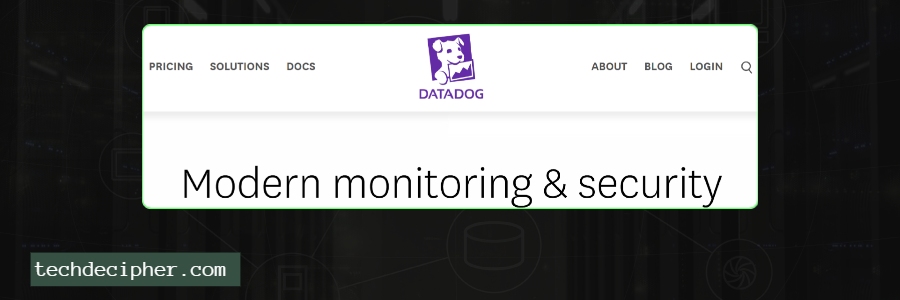
Datadog is a cloud-based server and application monitoring tool that shines in hybrid environments. It integrates easily with cloud infrastructure and offers deep insights into both performance and security metrics.
Key Features:
- Real-Time Monitoring: Keep tabs on servers, databases, applications, and services.
- Integration Support: Over 450 integrations, including AWS, Azure, and Google Cloud.
- Customizable Dashboards: Create custom dashboards using drag-and-drop widgets for easy visualization.
- AI-Powered Alerts: Leverages machine learning to detect anomalies and send intelligent alerts.
Link: Download Datadog
Pricing: Paid, with a free trial available.
4) Site24x7
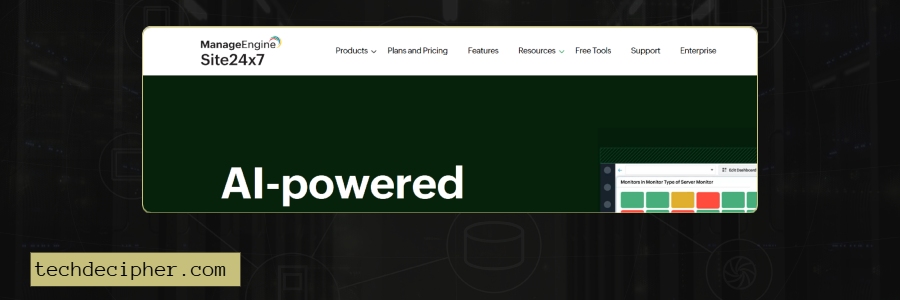
Site24x7 is a cloud-based monitoring solution offering all-in-one monitoring for servers, applications, websites, and networks. It’s especially popular among businesses managing hybrid infrastructures.
Key Features:
- Server Performance Monitoring: Track metrics like CPU usage, disk space, and memory.
- Cloud Monitoring: Integrates seamlessly with cloud platforms like AWS, Azure, and Google Cloud.
- User-Friendly Interface: Offers an intuitive dashboard that provides a full view of your server infrastructure.
- AI-Driven Alerts: Uses AI for anomaly detection and predictive analysis.
Link: Download Site24x7
Pricing: Paid, with a free trial available.
5) Chef

Chef is an infrastructure automation tool widely used for configuration management. It simplifies server provisioning and management, helping deliver consistent and error-free deployments.
Key Features:
- Automation at Scale: Automate infrastructure configuration across thousands of servers.
- Customizable Workflows: Define infrastructure as code, ensuring consistent server setup.
- Compliance and Security Management: Automatically applies compliance policies across server environments.
- Integration: Works well with other DevOps tools like Docker and Kubernetes.
Link: Download Chef
Pricing: Paid, with open-source options available.
6) Puppet
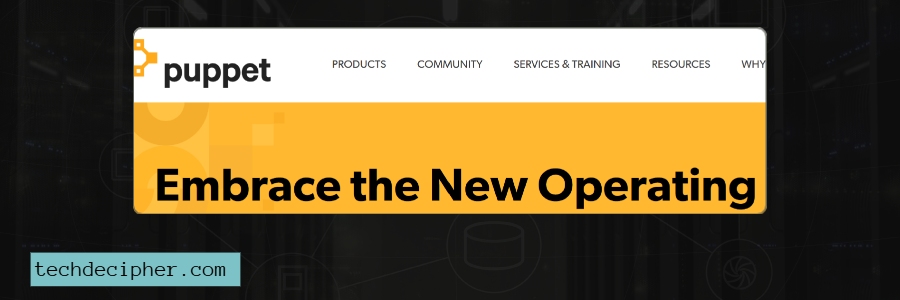
Puppet is another leading configuration management tool that helps organizations automate and control their server environments. It’s flexible, working well with both on-premises and cloud-based servers.
Key Features:
- Declarative Language: Easily define server configurations with simple syntax.
- Automation: Automate tasks like software updates, server configurations, and security patches.
- Compliance Management: Ensure all servers adhere to industry compliance standards.
- Cross-Platform Support: Works across Linux, Windows, macOS, and more.
Link: Download Puppet
Pricing: Paid, with a free version (Puppet Open Source) available.
Conclusion
Whether you need a powerful tool for network monitoring like Nagios XI, a cloud-friendly solution like Datadog, or a comprehensive configuration management platform like Chef or Puppet, these tools offer robust features to streamline your server management process.
This concludes Best Server management tools. What Server management tools do you use in your workspace and why? Do let us know in the comments section below. If you need any help or have any suggestions to make, then do reach us via the contact page here. Happy Frankenstein Day!









